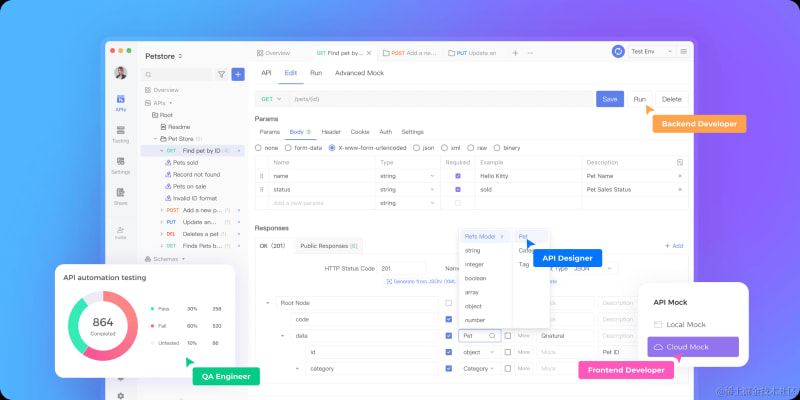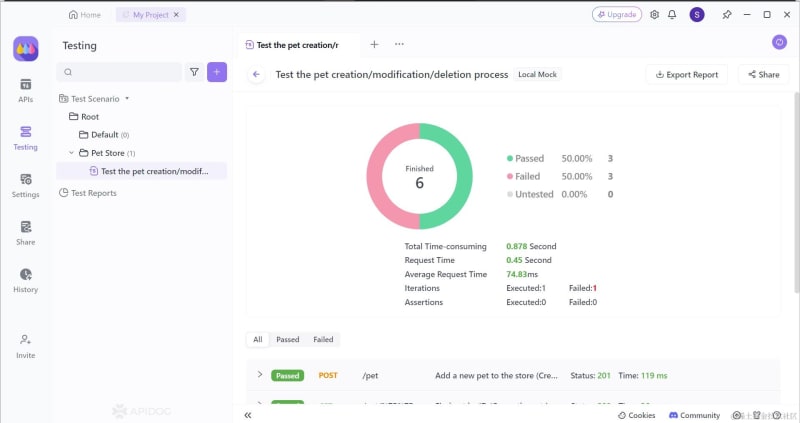Understanding and implementing chain requests in API integration is essential for developers who need to handle complex interactions between various systems. This approach not out only streamlines complex workflows but also demonstrates significant efficiencies in data handling and application performance.
Fundamental Aspects of Chain Requests in APIs
When delving deeper into chain requests, developers need to grasp several underlying concepts crucial for impeccable implementation. Here are the essential elements to consider:
Dependency Handling
Explicit and Implicit Order: Data dependency may sometimes be understood through request ordering (e.g., obtaining a user ID is prerequisite for fetching user data). Defining explicit dependencies oftentimes involves utilizing specific protocols or libraries for clarity and coherence.
Cascading Failures and Errors: Assertion of robust error rectification mechanisms is vital because a failure in the sequence can compromise the subsequent requests, leading to incomplete data sequences or process termination.
Streamlining Data Throughput
Interpreting Responses: Utilizing parsing techniques appropriate to the response format, whether it's JSON or XML, is fundamental. Various tools enhance this process by streamlining the extraction of necessary details from the response.
Transformative Actions on Data: After extraction, data may need adjustments—like reformatting or aggregation—to fit the purpose of subsequent requests.
Process Coordination and Timing
Synchronous Versus Asynchronous Execution: While synchronous execution waits for each response before continuing, asynchronous execution can handle multiple independent requests simultaneously, which can drastically improve efficiency.
Contextual and Conditional Flow: The execution of requests may depend on previous outputs. Implementing conditional flows allows adapirectional adjustments based on earlier results.
Preserving Workflow Continuity
Context Retention Across Calls: Keeping track of user information or other context across multiple API calls is essential. Techniques range from simple session tokens to more complex context management systems.
Security and Throttling: Protecting sensitive data and managing request rates to conform with API limits are critical considerations to mitigate security risks and service denials.
Strategic Advantages of Chain Requests
Employing chain requests in API interactions unlocks several developmental and operational benefits:
Enhanced Efficiency and Simplification
Seamless Data Integration: Chain requests automate the flow of data across multiple APIs, negating the need for manual data handling which, in turn, minimizes development efforts and error rates.
Code Manageability: By breaking down processes into manageable segments, developers can achieve more maintainable and less error-prone codebases.
User Experience and System Performance
Fewer Interactions Required: Reducing the number of necessary interactions with the backend speeds up operations, enhancing the end-user experience through faster response times and less waiting.
Optimized Network Load: Efficient request management minimizes network traffic, which is crucial for maintaining system responsiveness and resource use.
Modularization and Maintenance
Scalability: Individual segments of the process can be scaled based on specific demands, which enhances the agility and responsiveness of the application infrastructure.
Maintainability: Fostering a modular, segmented approach not only facilitates a clearer understanding of the system's workings but also simplifies updates and troubleshooting.
Getting Started with Chain Requests Using Apidog
Integrating API request chaining in your development process can be streamlined using tools like Apidog, which supports building and testing complex API scenarios efficiently.
Setting Up a Chain Request in Apidog
Apidog provides an intuitive interface for defining and automating multi-step API interactions. Begin by creating a new test scenario, and step-by-step, add the desired chained requests. Define each step's requisite input based on the prior responses and ensure all are correctly configured to operate both singly and within the chain.
For in-depth testing and refinement, Apidog offers easy access to modify and test individual components or the entire sequence, helping pinpoint areas for optimization or troubleshooting.
Closing Thoughts
Chain request techniques facilitate streamlined, efficient, and powerful integrations across multiple API services. By mastering these methods, developers can harness enhanced control, achieve better data integration, and ultimately deliver superior applications that are both robust and user-friendly. As you explore these integrations, adapt and optimize your approach to suit your specific operational needs.








Top comments (0)